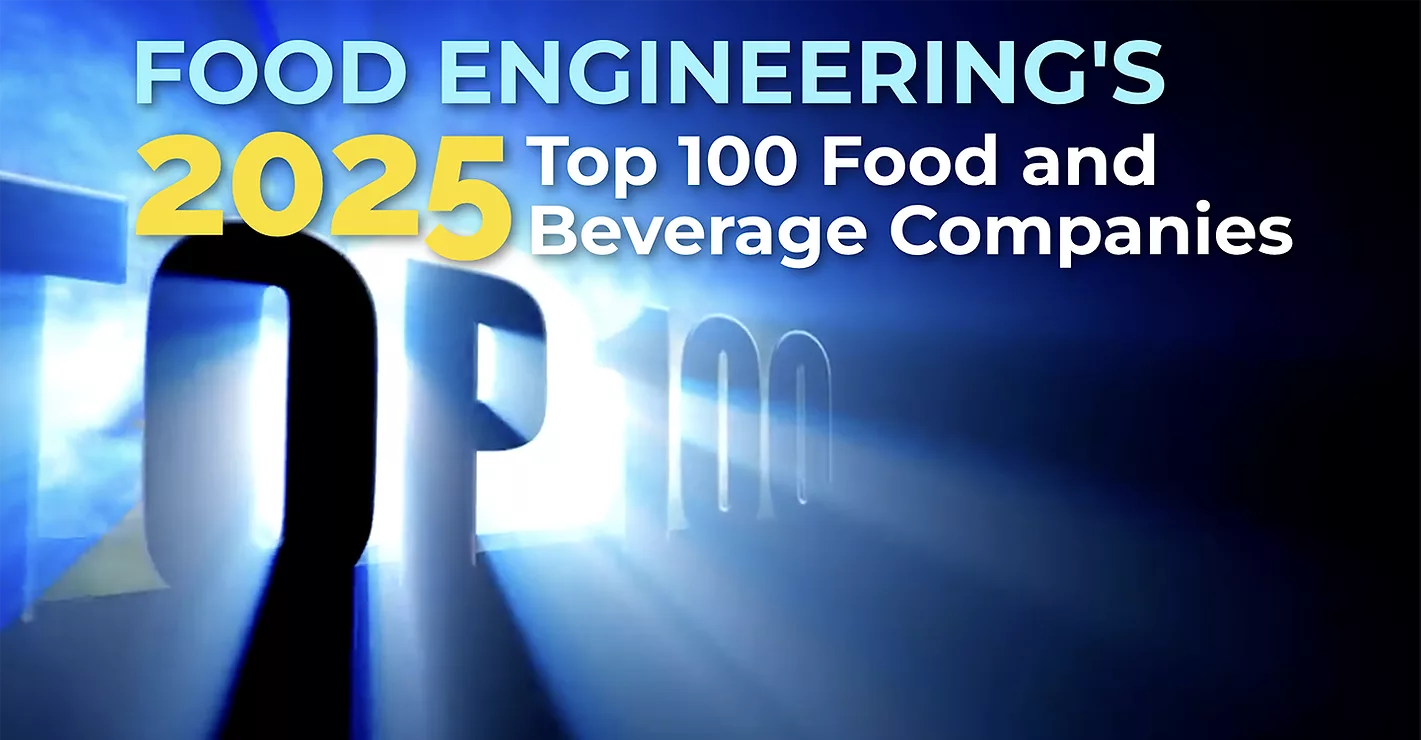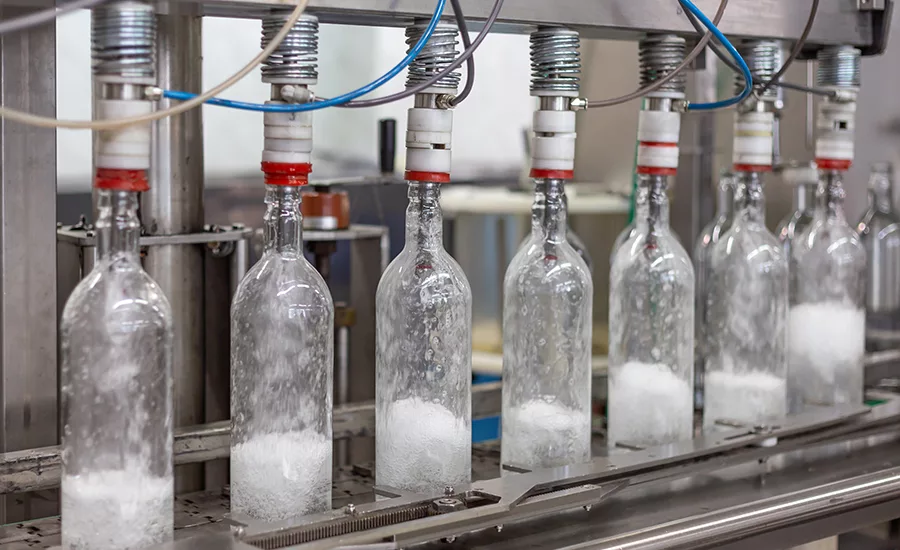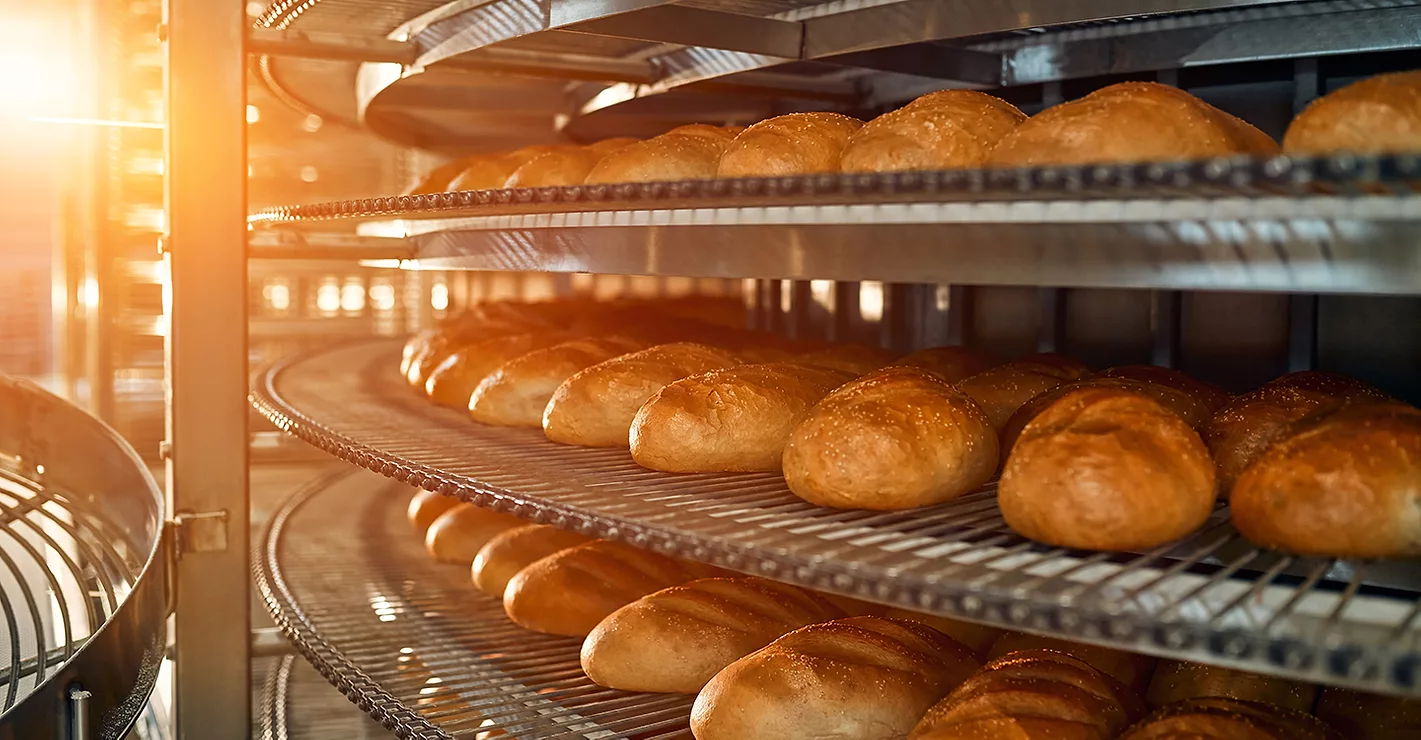Engineering R&D: Microwave muscles into processing mainstream

The leading supplier of those systems was Officine Meccaniche Attrezzature per Ceramiche (OMAC), established by engineer Giuseppe Ruozi to fabricate the multistage system he devised. The holder of four related U.S. patents, Ruozi devised a process that uses rapid heating by low power magnetrons for controlled cooking. Systems capable of processing up to 4,400 lbs. of food per hour were fabricated, but by 1995 OMAC was defunct. The technology intrigued officials at Classica Group, a New Jersey importer that formed Classica Microwave Technologies Inc. in 2000 and acquired OMAC's assets. The firm also retained the services of Ruozi as its chief technology officer and hired Joseph Riemer to serve as president and execute the business plan.
A 25-year veteran of the food industry, Riemer had been director of global operations development at Pfizer's Adams Confectionery division before joining Classica. Food Engineering recently spoke with Riemer about Classica's U.S. microwave initiative.

Riemer: Classica has almost 200 industrial installations in Europe but only two in the United States. Until recently, the common knowledge in the professional community was that microwave is good only in applications where uniformity in heat processing is not important, such as defrosting food and cooking bacon. This was my understanding, too, based not only on readings but my own experience in applying it in industrial heating.
When I heard Classica's claim of uniform heating, I picked up the telephone, called Scott Halperin, the CEO, and said, "It doesn't exist. What are you trying to sell?" After I spoke directly with users, I realized there was a hole in my knowledge and that of other American food scientists.
FE: How are you addressing this knowledge gap?
Riemer: We have invested in a state-of-the-art lab in Sayreville, N.J., with pilot-plant equipment for microwave pasteurization, sterilization, sanitizing and drying. We've identified 8,000 engineers, food scientists and others who can benefit from the technology and invited them to demonstrate how it can process products at a more competitive cost. To put it very humbly, we are sitting in the forefront of a major change in the way U.S. manufacturers are going to process.
FE: Have regulatory agencies accepted microwave as an effective kill step for pasteurized and sterilized products?
Riemer: Regulatory validation has not been demonstrated to the FDA, though the technology's efficacy has been demonstrated in commercial installations in Italy, Japan, Germany and Belgium. We are developing the protocols that guaranty sterility or pasteurization for the products of specific clients. When they are ready to submit data to the USDA or FDA, we will work with them on the filing.
FE: Why can this system pasteurize or sterilize food, while other microwave systems have failed?
Riemer: While other units use 50 or 100 KW magnetrons to randomly blast food in a tunnel, this system uses 2 and 3 KW magnetrons to heat in-container food in high-efficiency cavities. One system was constructed with 300 individual magnetrons. There is tremendous heat control.
FE: Describe the pasteurization and sterilization processes.
Riemer: We have a truly continuous process for pasteurization, with packaged product traveling on a belt at a uniform, constant speed. After product enters the tunnel, it reaches the active microwave zone, where rapid heating occurs in synergy with hot air. The travel distance is designed so that the product attains a uniform, target temperature in the geometric space. Next, product enters a hot-air-only zone, where temperature uniformity is guaranteed through all parts of the package. After a proper holding period, product exits the chamber for water or air cooling.
A much more sophisticated system is designed for sterilization. Counter pressure has to be applied to prevent the package from being deformed. We have engineered a continuous sterilization process using a sequential multi-batch approach with parallel lines. Product in the first line is subjected to rapid heating while the next line is loaded. Hydraulic gates seal the tubular tunnel, and counterpressure builds while microwave heat and hot air brings the product up to the target temperature. By the time the last line has been loaded, the first one has completed the cycle and is ready to be reloaded. Product is rotated on its axis within the chambers, reducing processing time and guaranteeing temperature equilibrium.
Food components within the package exchange heat until they are of a uniform temperature. After equilibration and holding time, product moves under pressure to a cooling section. All these sub-processes take place in seven to 15 minutes from the time the product enters the chamber.
FE: Why is hot air part of the process?
Riemer: Think of the differences between convection heating's outside-in cooking and microwave, where the mass is concurrently heated by the friction of molecules. By enveloping product in air that is heated to the food's target temperature, we guarantee that there is no gradient of heat from the inside to the outside of the package.
FE: What technological advancements have been made since the original U.S. patent was issued 12 years ago?
Riemer: The hardware is like the light bulb in terms of technical improvements: the life of the magnetron is longer and, more importantly, the control system gives you a more accurate energy level.
Because every product requires a unique setting in terms of line speed and the energy level delivered by each magnetron, product changeovers originally presented an enormous obstacle. With advanced controls and a PC interface, we are able to deliver new settings for the overpressure, line speed, magnetron power and other process variables with the push of a button.
FE: How do you expect U.S. processors to apply microwave technology?
Riemer: Pasteurization for extended shelf life will likely be the primary application. For consumers, the process will deliver foods with better texture, flavor and color, with a longer shelf life than regular refrigerated foods. For manufacturers, it will significantly lower product costs by allowing them to convert frozen foods to refrigerated. It is much cheaper to move products through the supply chain with refrigerated trucks, and refrigerated foods are much more tolerant of a 2 or 5 dregree temperature shift. Ice crystals in frozen foods grow during temperature shifts, and that results in rejection by the marketplace and unacceptable rates of return. Microwave pasteurization delivers refrigerated food with 90 to 120 days shelf life and very low reject rates.
FE: Please explain your test results involving pasteurized bread.
Riemer: We have demonstrated to major bakeries that they can take out the preservatives in their formulas, pasteurize bread after it has been sliced and packaged, and create a product that is mold free for more than 90 days at ambient temperature. With preservatives, mold begins to form within 21 days.
The process cannot arrest staling; the baker has to address the squeezability function. I have a loaf of bread that was treated with this process in October 2002. It is not edible from a standpoint of squeezability, but it doesn't have any mold. Microwave pasteurization lowers returns for bakeries and, more importantly, gives them an opportunity to introduce high end, value-added breads with a "no preservatives added" statement on the package.
FE: What are the packaging options with microwave pasteurization and sterilization?
Riemer: High density polypropylene (HDPP) is a low cost solution for pasteurization, as are other materials that can withstand the target temperature. For sterilization, PET, HDPP and various polyester-based materials are available as high-quality trays, pouches and bags.
Glass also is a possibility. We have demonstrated to a salsa manufacturer that he can use his existing glass jar with a metal cap in our system. The metal cap actually proved to be an advantage. By adjusting the position of the magnetrons, the salsa was cooked from the bottom of the jar, with the beams reflecting back from the cap, resulting in a faster cooking process.
Looking for a reprint of this article?
From high-res PDFs to custom plaques, order your copy today!




